“Acquiring a customer is 5x more expensive than keeping one!” bellowed the marketing guru from centre stage at every exhibition of the 21st century. The sentiment echoes throughout the industry as it becomes engrained in every marketing strategy the world over: but how accurate and valuable is it today?
Acquiring new customers is more expensive, more draining, and ultimately less immediately profitable than retaining existing ones. So, why spend precious budget on chasing new clientele if you have an existing customer base? The truth is that questions like these can have us overly fixated on what we think matters when we should really be considering the bigger picture.
Instead, there are more valuable questions to ask about your approach to acquisition and retention that will help you see the wood for the trees; how are you assessing the value of the two? What are you basing your budget allocations on? Where are you going to see optimal growth and sustainability?
With valuable insights courtesy of JICMAIL – and their new Response Rate Tracker – we now have powerful benchmark data that could help us find the answers! Read on to find out.
The misdirection and misconception of ‘expensive’
Before we discuss your budget allocations, there’s an expensive elephant in the room that needs addressing: the word ‘expensive’ itself. It’s the nemesis of marketing managers the world over and is to be avoided like the plague, but a little shift in perspective can often reveal that the elephant is just a little misunderstood.
So, let’s take a step back and consider the very concept of ‘expense.’ We often think of expense in terms of immediate cost – how much is option A going to cost compared to option B? However, this is a short-sighted view that doesn’t consider enough of its context. As a result, expense should be viewed as relative – assessing terms of long-term impacts as well as immediate returns.
Such an approach applies to both acquisition and retention. Sure, the immediate expense of acquisition is higher, but it’s an investment in ensuring that your customer base remains sustainable in size or even grows moving forward. On the other hand, cost per sale of an existing customer is much lower, skyrocketing their lifetime value and helping you to avoid unnecessary spending on expensive acquisition.
Both practices hold immense, long-term value, even if a retention-based campaign might make for prettier reading. As a result, it’s important to assess lifetime value as accurately as possible by ensuring you are using KPIs that tell the whole story: not just vanity metrics that make your report sound amazing!
JICMAIL’s benchmarks
Now that we hopefully have a more neutral view on both acquisition and retention let’s investigate the cold, hard facts: courtesy of JICMAIL. Their inaugural Response Rate Tracker offers comprehensive statistics – collected from over 1,000 campaigns – intended to serve as a benchmark for other offline campaigns. It provides performance data from both “warm” (retention-focused) and “cold” (acquisition-focused) campaigns, which make for some interesting comparisons.
Response Rates
By using sophisticated tracking methods, JICMAIL and their research partners were able to establish response rates of 10.9% within warm campaigns and a response rate of 1% within cold. Statistics like these explain why customer retention strategies are considered so cost-effective, illustrating the greater willingness to respond amongst customers familiar with your brand. So, JICMAIL’s first benchmark might suggest that warm campaigns are 11x more effective than that of their cold counterpart, right? Well, yes… and no. In fact, taking these statistics at face value will prove a testament to the importance of looking deeper than vanity metrics, as the story surely thickens as we investigate further figures!
Return on Investment (ROI)
ROI is widely considered one of the most important KPIs used to justify future investments in a certain channel. In terms of financial performance, it tells a far more valuable story than metrics centred around reach, so how do warm and cold direct mail campaigns stack up in this field?
JICMAIL have reported an ROI of 13.5 and 4.4 for warm and cold campaigns, respectively, again supporting the importance of retargeting existing customers. These figures also shine a brighter light on cold campaigns, showing that direct mail is also effective amongst first-time buyers. It’s also important to remember that these figures refer to conversions from a single campaign, but the lifetime value beyond an initial acquisition could see this initial ROI increase 10 fold.
Long term value
Boasting consistently impressive returns across the board, warm campaigns have proven their long-term value is indisputable: the lower set-up costs, opportunity for engaging, personalised material, and more targeted campaigns are all a recipe for these results.
On the other hand, the long-term value of customer acquisition is in its potential to grow your customer base and effectively feed into the cash cows that are loyal customers. Whilst less of the cold sample audience decided to make a purchase, how many of these conversions are likely to result in second, third, and repeated sales after this acquisition? The ability to do so lies in the efficacy of your campaign – but remember, direct mail is one of the fastest ways to build salience amongst your audience and heat up those cold leads!
So, where should you be spending the bulk of your marketing budget? Retention or acquisition? In the words of Marketing Professor, Peter Fader of The Wharton School of Penn: “who cares?”. In his interview with Forbes – discussing the topic at hand – we think Peter put it exceptionally: your decisions on how you allocate your resources shouldn’t be based on cost, but instead, future value.
So, who holds more future value to you? A new customer or a highly profitable existing one? The answer is unsurprisingly subjective thanks to a mass of industries and constantly multiplying audiences for us to reach. However, with the help of expert data usage and strategy specialists, we at PSE can help you find and achieve the perfect balance for your business. Get in touch below to begin acquiring and retaining like never before!




